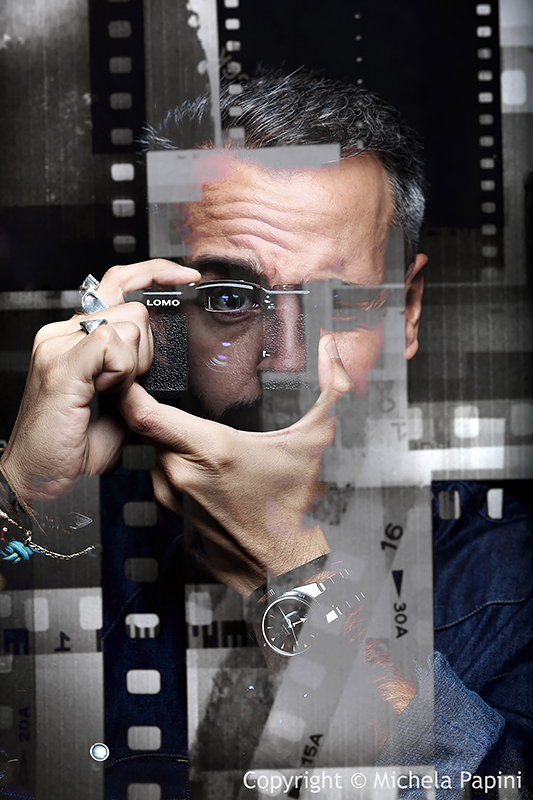Alexandro Pelaez is a Caracas-born analogue photographer based in London with a BA in Communication (Advertising) at Jacksonville University in Florida and was headhunted as an art director in the advertising agency BVK Meka in Miami. Having moved to London in 2001, where he completed his second BA (Hons) in Graphic at Central Saint Martins, University of the Arts London, Alexandro has worked over the years on various photography projects with different clients in the UK, Latvia, Germany, Italy, France, Vietnam, Hong Kong, Shanghai and USA.
In 2014 Alexandro received the Highly Commended Award by the London Photographic Association for his "HEROES & VILLAINS". In 2017 Alexandro was the finalist with the "Londoners" series at the ACCI "Art of Living" Photography Competition in California, and won two Honourable Mentions by International Photographer of the Year for both categories of Fine Art: Conceptual and People: Portrait; and by Density Neutral Photography Awards for the category Fine Art: Conceptual.
Recently, Alexandro received three Honourable Mention Awards by the IPA International Photography Awards in New York (2019) with the OneShot Street Photography competition New York (single image) Category: Specials; also received the Finalist Award by the Fine Art Photography Awards (2019) Category: Cityscape (series).
Alexandro received the 2nd place award by the IPA International Photography Award 2019 in New York in the category of: Analogue/ Film, Other.
Artist Statement
"When I am shooting in double exposure with my 35mm film camera, in my way and style, I am trying to capture the true essence of a city or an area. What I want to convey is my perspective of “what you see is what you get" by capturing those unique moments when I catch an image. The double exposure allows me to capture all that but can take my images to a different level where I can be more creative by holding double layered scenarios that will give the viewer a magical, almost surreal perspective and sense of unnatural futurism."
Alexandro Pelaez and the Magical in the Realism